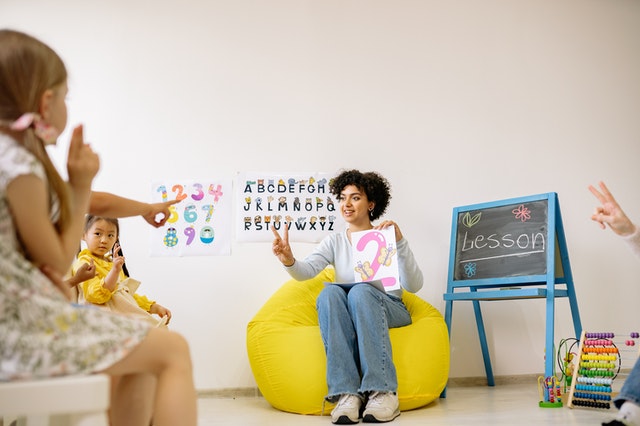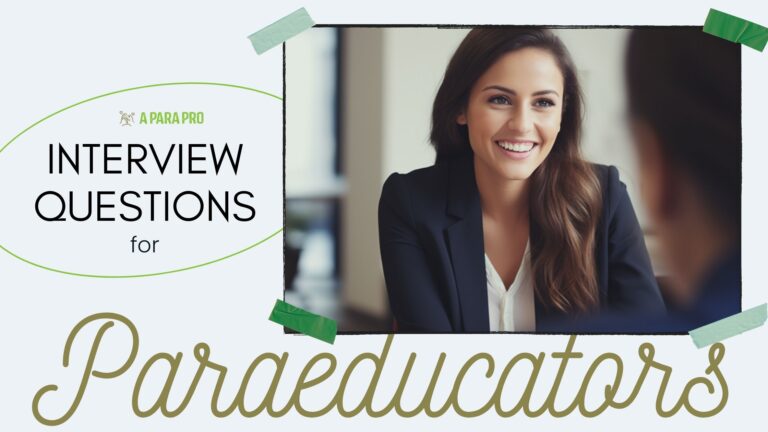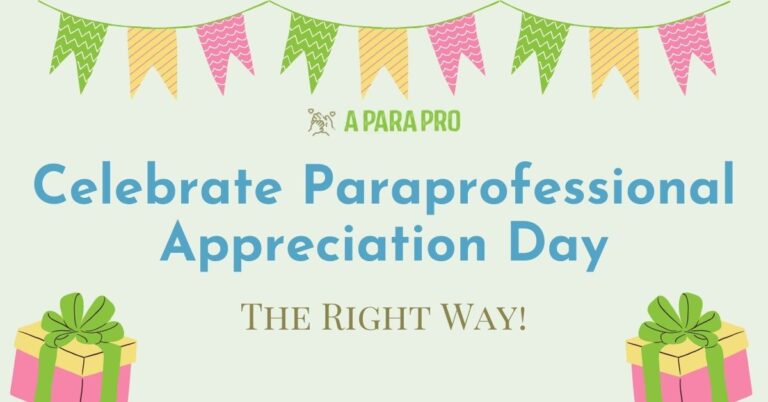Mindfulness Practices for Paraeducators: Enhancing Focus, Reducing Stress, and Promoting a Positive Mindset
As a paraeducator, your role in supporting students with special needs is incredibly important and rewarding. However, it can also be demanding and overwhelming at times. In order to effectively support your students and maintain your own well-being, it is crucial to incorporate mindfulness practices into your daily routines. With this blog post I aim to provide you with a step-by-step guide on how to incorporate these mindfulness practices as a paraeducator, and how it can positively impact your work and overall mindset.
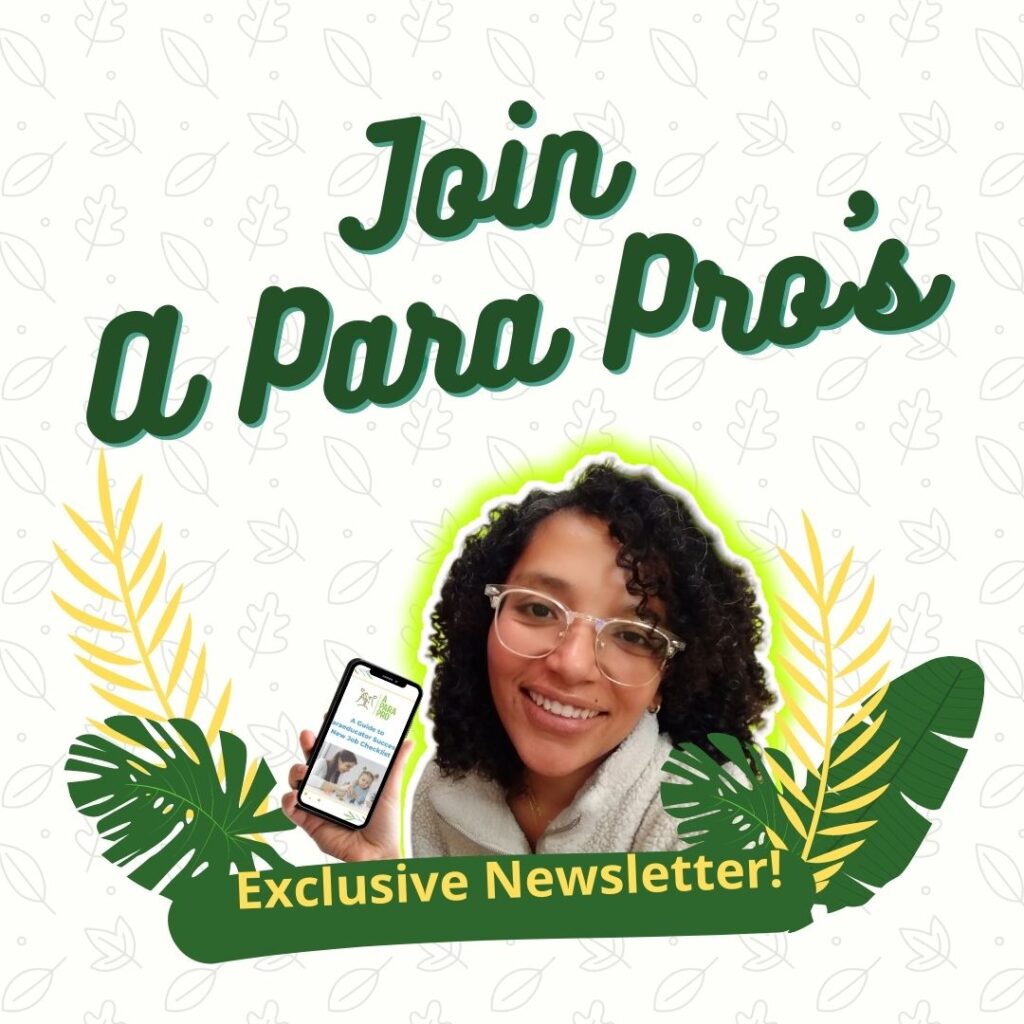
Before we dive into the practical aspects of mindfulness, let's take a moment to understand what mindfulness is and why it is beneficial for paraeducators.
What is Mindfulness?
Mindfulness is the practice of intentionally bringing one's attention to the present moment, without judgment. It involves fully engaging in the present experience, observing thoughts and sensations without getting caught up in them.

For paraeducators, mindfulness can greatly enhance focus, reduce stress, and promote a positive mindset. By practicing mindfulness, you can develop the skills to better manage your emotions, improve your ability to stay present with your students, and cultivate a sense of calm amidst the chaos.
Step-by-Step Guide to Incorporating Mindfulness into Daily Routines
Start with simple breathing exercises
Deep breathing is a fundamental mindfulness technique that can help you relax and center yourself. By focusing on your breath, you can anchor your attention to the present moment and cultivate a sense of calm. Here's a step-by-step guide on how to practice deep breathing:
- Find a quiet and comfortable space where you can sit or lie down.
- Close your eyes and take a moment to settle into your body.
- Place one hand on your chest and the other on your belly.
- Take a slow, deep breath in through your nose, allowing your belly to rise.
- Exhale slowly through your mouth, feeling your belly fall.
- Repeat this process for several breaths, focusing all of your attention on the sensations of your breath.
Practice mindful body scans
A body scan is a practice of systematically bringing awareness to each part of your body, from head to toe. It helps in bringing awareness to physical sensations and reducing tension. Here's a detailed guide on how to perform a body scan exercise:
- Find a comfortable position, either sitting or lying down.
- Close your eyes and take a few deep breaths to relax.
- Start by bringing your attention to the top of your head and slowly scan down your body, noticing any sensations or areas of tension.
- As you scan each body part, gently release any tension or tightness you may feel.
- Take your time with each body part, moving from the top of your head to the tips of your toes.
- Once you have completed the scan, take a few moments to observe the overall sensations in your body.

Explore mindfulness during routine tasks
Mindfulness can be practiced during everyday activities such as eating, walking, or even washing dishes. By bringing mindfulness to these routine tasks, you can enhance your ability to stay present and fully engage in the experience. Here are some tips on how to practice mindfulness during these tasks:
- During meals, take a moment to appreciate the taste, texture, and aroma of the food. Chew slowly and savor each bite.
- When walking, pay attention to the sensation of your feet touching the ground, the movement of your body, and the sounds around you.
- While washing dishes or doing other chores, focus on the physical sensations – the feel of the water, the warmth or coolness, and the movement of your hands.
Take mindful breaks throughout the day
Taking short breaks throughout the day to reset and refocus can greatly improve your overall well-being and productivity. Here are some quick mindfulness practices that you can incorporate into your breaks:
- Take a few minutes to sit quietly and focus on your breath.
- Practice a guided meditation using a mindfulness app or online resource.
- Engage in a mindful movement activity, such as stretching or gentle yoga.
Addressing Challenges in Practicing Mindfulness as a Paraeducator
Practicing mindfulness as a paraeducator may come with its own set of challenges. It is important to acknowledge and address these obstacles so that you can effectively incorporate mindfulness into your routines. Here are some practical tips and strategies for overcoming these challenges:
Time constraints
As a paraeducator, your schedule may be packed with various responsibilities. Find small pockets of time throughout the day, even if it's just a few minutes, to practice mindfulness. Remember, every moment counts.
Distractions
The classroom environment can be full of distractions. When practicing mindfulness, acknowledge the distractions without judgment and gently bring your attention back to the present moment. Consider using noise-cancelling headphones or finding a quiet space when possible.
Self-judgment
It is common to experience self-criticism or doubt when starting a new practice. Remember, mindfulness is a skill that takes time to develop. Be patient and kind to yourself as you navigate this journey.
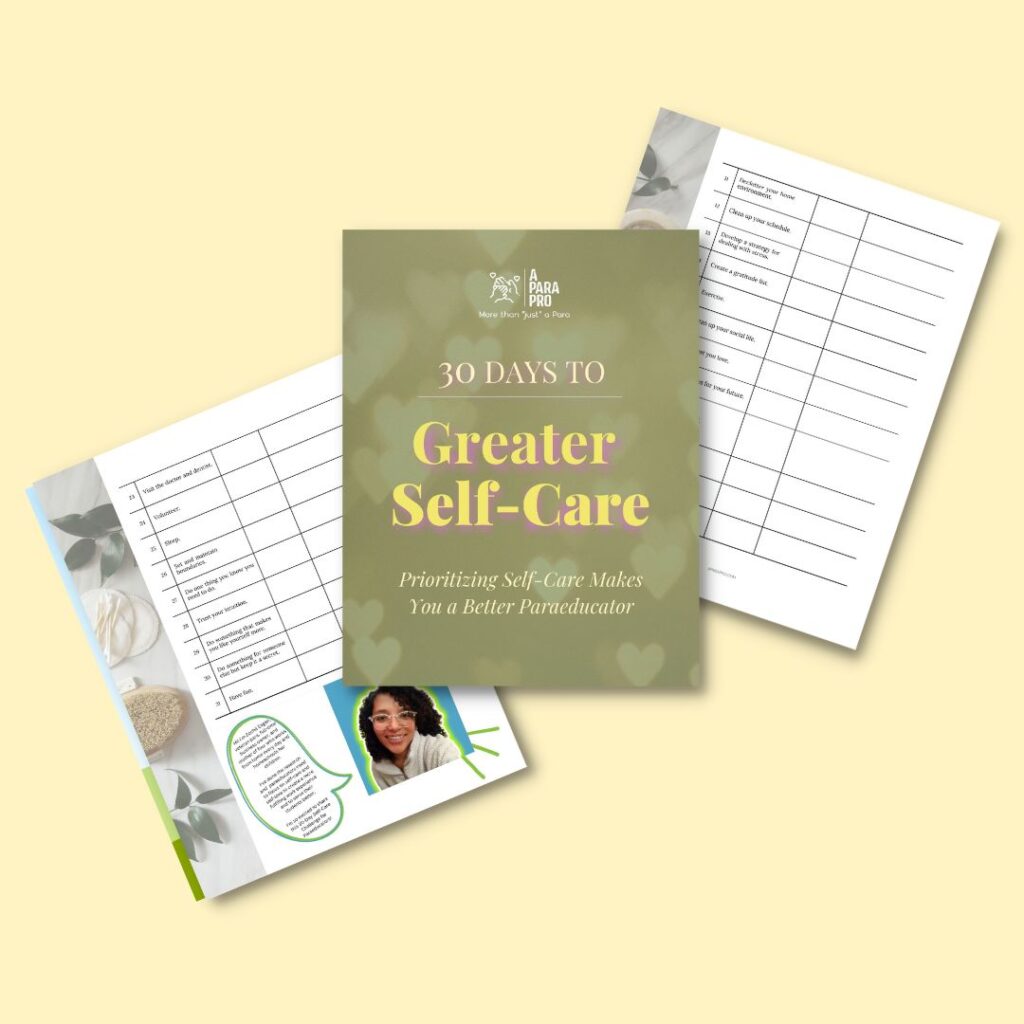
To Sum Up
Incorporating mindfulness practices into your daily routines as a paraeducator can have significant benefits for both you and your students. By enhancing your focus, reducing stress, and promoting a positive mindset, mindfulness can help you thrive in your role and cultivate a supportive environment for learning. Remember to start with simple breathing exercises, introduce mindful body scans, explore mindfulness during routine tasks, and take mindful breaks throughout the day. Embrace the challenges that may arise and remember that mindfulness is a lifelong practice. Start today and reap the benefits of a more mindful and fulfilling journey as a paraeducator.
PIN FOR LATER





